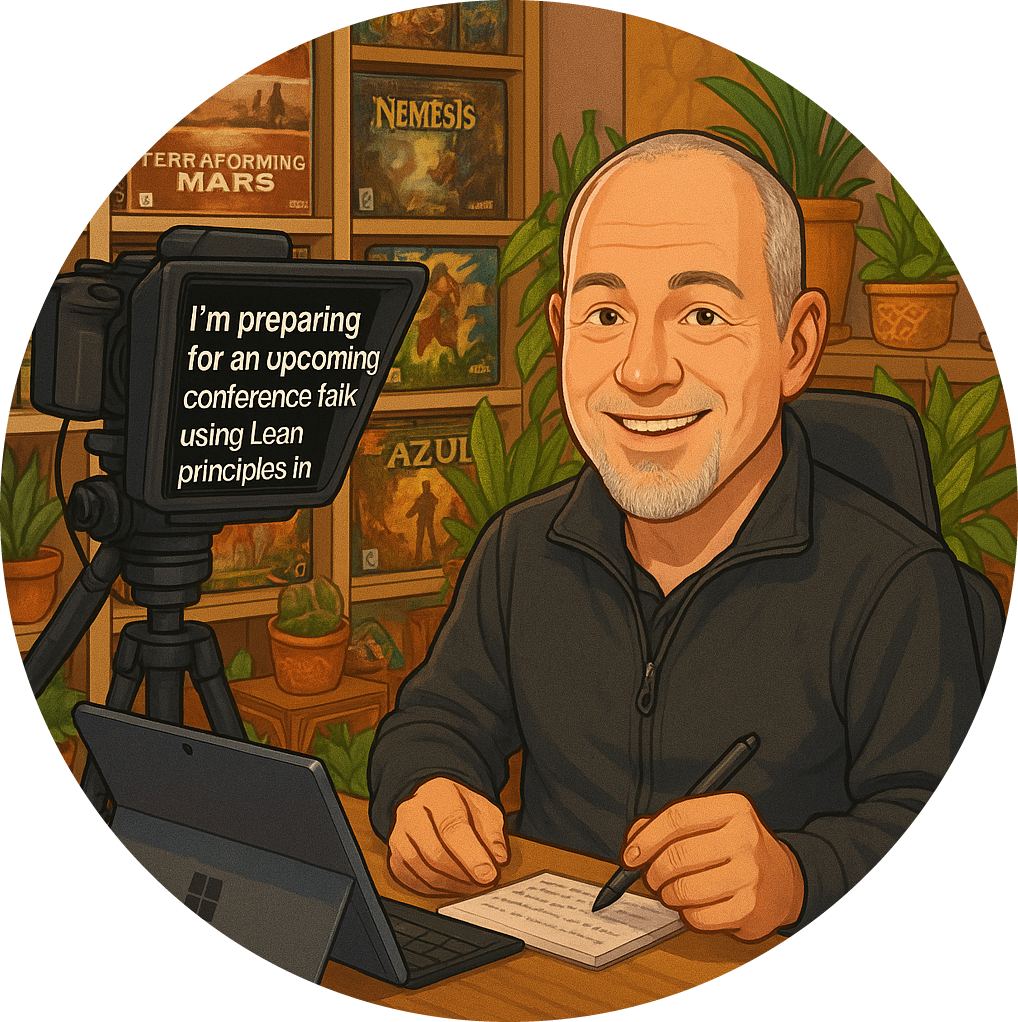You don’t have to chase change. You just need the right guide.
If you’re a CTO today, you know exactly what I mean when I say the noise is deafening. AI disruption, new frameworks popping up like mushrooms after rain, platforms evolving faster than you can say “legacy system,” and the ever-present boardroom pressure to deliver more, faster, better. Add to that the expectations of your teams, hungry for clarity, autonomy, and purpose, and it’s no wonder there’s that quiet, persistent question at the back of your mind: am I doing enough?
I’ve been there. I’ve sat in those meetings, felt the weight of those decisions, and wrestled with the same doubts. Over the years, working with leaders across industries, I’ve learned that the answer isn’t to do more. It’s to do what matters.
Here’s what I’ve found makes the difference:
Clarity over chaos: Most organisations are running at full tilt, but few can actually see how their systems of work operate end-to-end. When you make the invisible visible, when you map out your value streams, your bottlenecks, your feedback loops, you suddenly know where to invest and, just as importantly, where to let go. It’s not about chasing every new trend; it’s about understanding your own landscape so you can make informed, confident decisions.
Confidence through evidence: I’ve seen too many leaders forced to defend decisions based on gut feel or the latest hype. That’s a recipe for sleepless nights and eroded trust. Instead, we need to build a foundation of evidence, real data, real outcomes, real feedback from customers and teams. When you can align your technology choices with your business strategy, and back it up with evidence, you’re not just reacting to change; you’re shaping it.
Culture as a catalyst: Technology is only as good as the people who wield it. I’ve worked with teams that had all the right tools but none of the right habits, siloed, brittle, and resistant to change. The real magic happens when you develop a culture of resilience and adaptability. That means coaching teams to experiment, to learn from failure, and to align their work with the bigger picture. It’s not about heroics; it’s about building a system that supports continuous improvement.
A partner in your corner: Leadership can be lonely, especially when the stakes are high. That’s why ongoing coaching matters. You don’t need to have all the answers. What you need is a partner who understands the pressure, who’s navigated these waters before, and who can help you steer through uncertainty with confidence.
The truth is, you don’t need to know everything. You need a system that evolves with you, a way of working that’s robust enough to handle today’s demands and flexible enough to adapt to tomorrow’s surprises.
So, if you’re ready to futureproof your stack, your team, and your strategy, let’s do it together. You don’t have to chase every change. You just need the right guide.




























